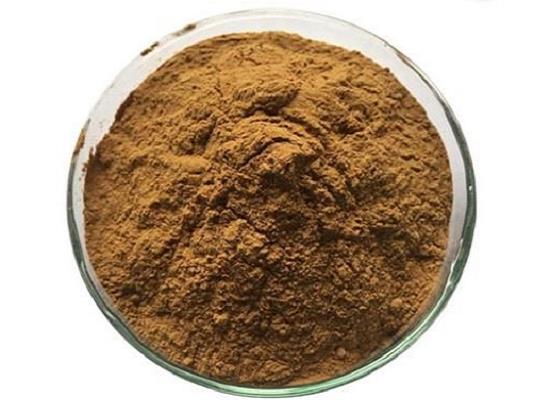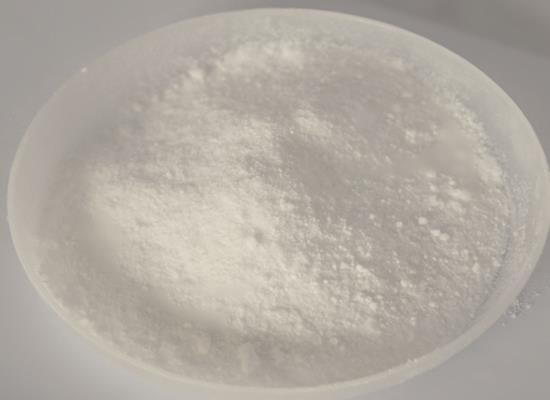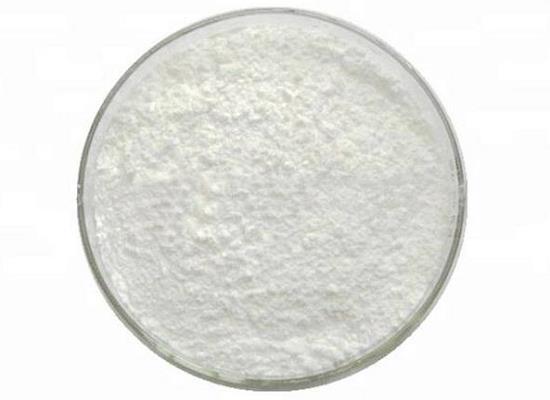Active Pharmaceutical Ingredients (API), popularly speaking, are the raw materials of medicines, only pharmaceutical raw materials are processed into pharmaceutical preparations , can they become medicines available for clinical use, so drugs we usually eat are the finished drugs through processing. Active Pharmaceutical Ingredients based on its sources can be divided into two major categories ,including chemical synthetic drugs and natural chemical drugs. Chemical synthetic drugs can be divided into organic synthetic drugs and inorganic synthetic drugs. Inorganic synthetic drugs are inorganic compounds ( very few is element), such as aluminum hydroxide, magnesium trisilicate which are used for the treatment of gastric and duodenal ulcers ; organic synthetic drugs are mainly composed of drugs made by basic organic chemical raw materials, through a series of organic chemical reactions (such as aspirin, chloramphenicol, caffeine, etc.). Natural chemical drugs ,based on its sources,can be divided into two categories including biochemical drugs and plant chemical drugs. Antibiotics are generally made by the microbial fermentation, which belongs to the biochemistry category. A variety of semi-synthetic antibiotics occurs in recent years,which are biosynthesis and chemical synthesis combining products.Among active Pharmaceutical Ingredients, the organic synthetic drugs varieties, yields and values have the largest proportion,which are the main pillars of the chemical and pharmaceutical industries. The quality of active Pharmaceutical Ingredients decides whether the formulation is good or bad , so its quality standards are very strict ,countries in the world have developed national pharmacopoeia standards and strict quality control methods for its widely used active Pharmaceutical ingredients.
L-Sulforaphane: mechanism of action and clinical applications
L-Sulforaphane from cruciferous vegetables activates antioxidant and anti-inflammatory pathways, showing potential for medical applications.
Nov 30,2023 APIMethylcyclopentadienyl manganese tricarbonyl: properties, applications and environmental hazards
Methylcyclopentadienyl Manganese Tricarbonyl is a fuel additive enhancing combustion efficiency and reducing emissions, yet concerns exist about its potential health and environmental impacts.
Nov 29,2023 API1H-Imidazole-4-carbaldehyde: properties, applications and safety
1H-Imidazole-4-carbaldehyde is valuable for diverse applications, but strict safety measures are essential when handling it.
Nov 29,2023 APIChelidonine: activities and toxicity
Chelidonine has diverse pharmacological activities, including anti-cancer, anti-inflammatory, and antifungal effects, but its toxicity requires caution.
Nov 29,2023 API2-Bromofluorene: properties, applications and safety
2-Bromofluorene, a halogenated aromatic compound, is used in organic synthesis but requires careful handling due to its carcinogenic nature.
Nov 29,2023 APIChlorodimethylsilane: applications in organic synthesis and safety
Chlorotriethoxysilane is crucial in nanoparticle synthesis and chlorination reactions, requiring careful handling for safety.
Nov 29,2023 APIThe uses and biological function of Octreotide
Octreotide is a synthetic somatostatin analog with several palliative care indications, including managing ascites, bowel obstruction, diarrhoea, fistulae, and tumor secretions.
Nov 28,2023 APICassiaside C: origin, activities and applications
Cassiaside C, a natural compound from Cassia obtusifolia, shows potential as an antioxidant and anti-inflammatory agent for various applications.
Nov 28,2023 APIAntioxidant 412S: properties, applications and safety
Antioxidant 412S is a white solid powder used to stabilize polymers, providing resistance to discoloration and enhancing durability.
Nov 28,2023 APIMonascin: activities and applications
Monascin exhibits potent anti-inflammatory and anti-diabetic properties, with diverse applications across various industries.
Nov 28,2023 API












